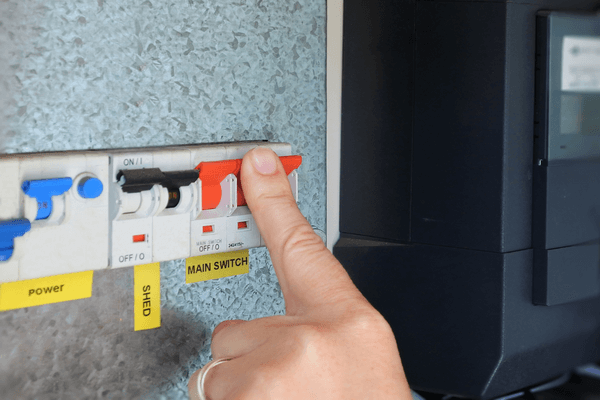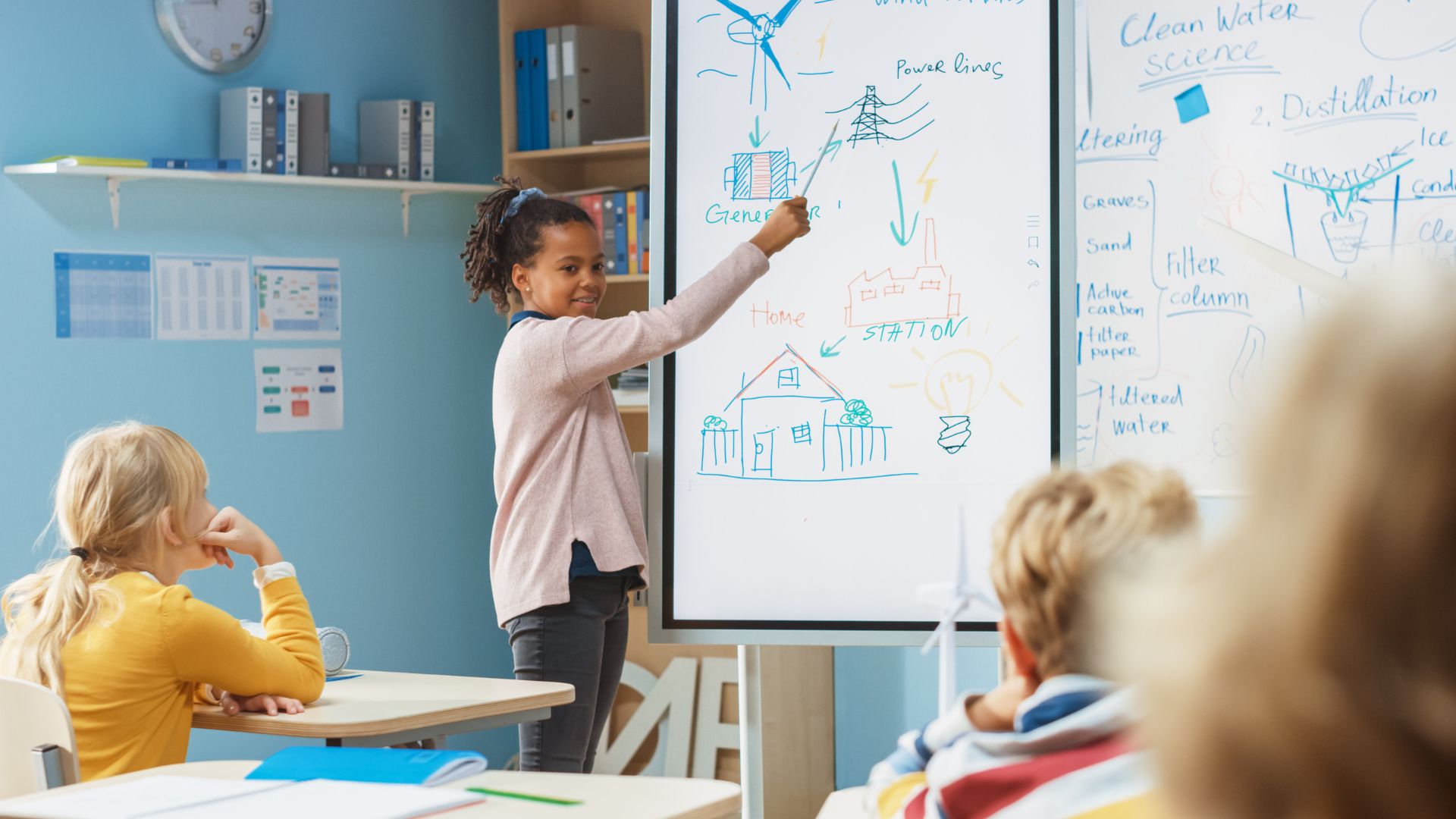Energy consumption per person in NSW is the lowest in a decade at 164GJ.
How does electricity get to where we need it?
Electricity reaches homes (and other sites) by travelling along wires strung from power poles or towers, or run underground. This allows us to switch on lights, heat and cool homes and use appliances. It's important to remember that electricity is initially sent at very high voltages, decreasing as it gets closer to homes, making it safe to use.
The long journey from its source
Usually, electricity isn't generated close to homes and schools, so it needs to travel a long distance before it arrives at its location for use. Let's follow the journey to see how electricity gets from the source, to be ready for you when you flick on the switch.
- Raw materials are used to create steamInside the power plant, coal, oil or gas is burned in a large boiler to create steam. If the plant is hydro-electric, water is used.
- Steam spins a turbineSteam is used to spin a big fan, known as a turbine. The turbine turns a big magnet inside a generator – like an electric motor working in reverse - to create an electrical current.
- A transformer converts the electricityElectricity is sent through a transformer to make it the right voltage, giving the electricity enough pressure to travel long distances.
- Electricity passes through transmission lines, substations and powerlinesHigh-voltage transmission lines carry the electricity to your city or suburb. Electricity then passes through sub-stations, where the voltage is lowered to make it safe to use in homes. It also travels through power lines to reach houses, schools, hospitals and businesses.
- Electricity passes through your electricity meter into your homeOnce it reaches your house, it passes through an electricity meter that measures how much your family uses.
- Wires transports electricity around your homeElectricity then travels through wires inside walls to outlets and switches all over your house, and voila, when you turn on the lights, electricity is lighting up the room!

Electricity switchboards
Electricity enters the home through a switchboard. Learn more about what is inside them to get familiar with yours.
In an emergency call 000
your electricity distributor
Check your electricity distributor's website or social media for updates on power outages.
Electricity distributors in Australia have resources including outage maps that can be accessed online. Many also give live updates via social media.
Contact your electricity distributor to report fallen wires or damaged poles and powerlines.
If you notice an electrical hazard, report it to your electricity distributor immediately, either online or by phone.
